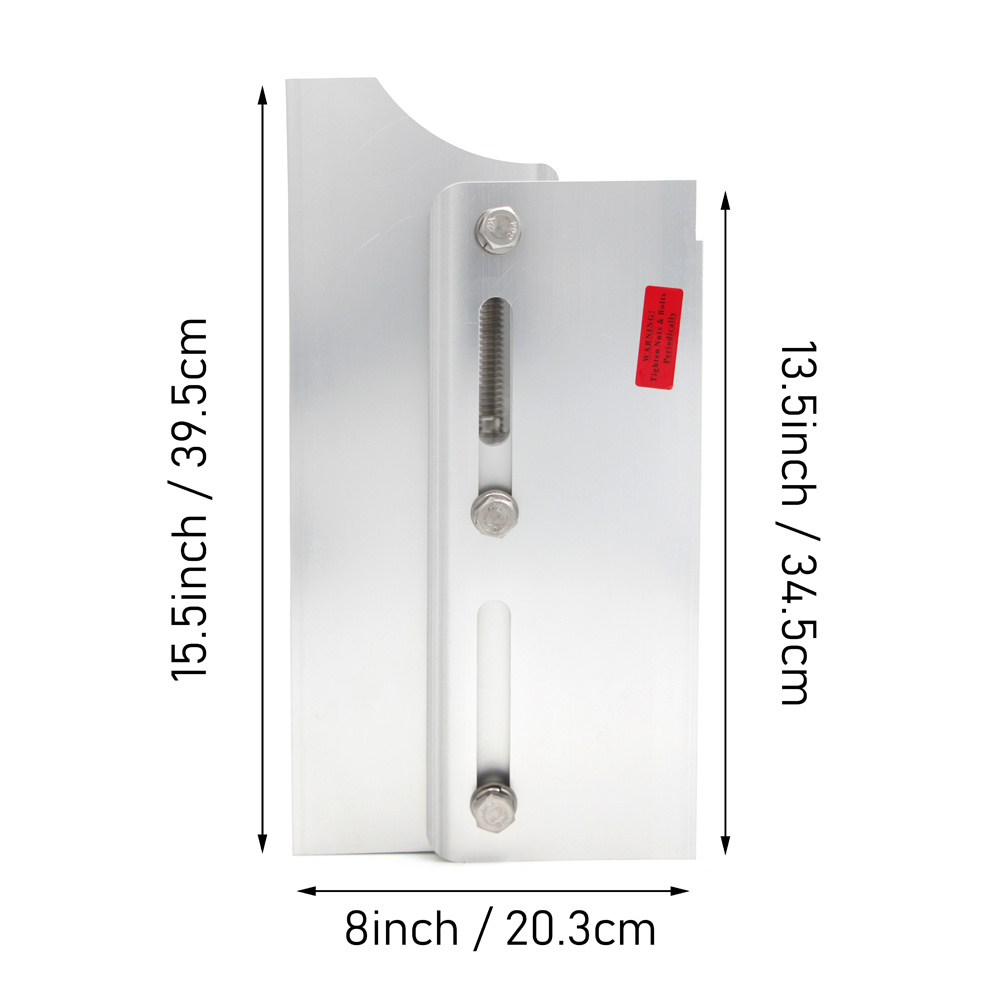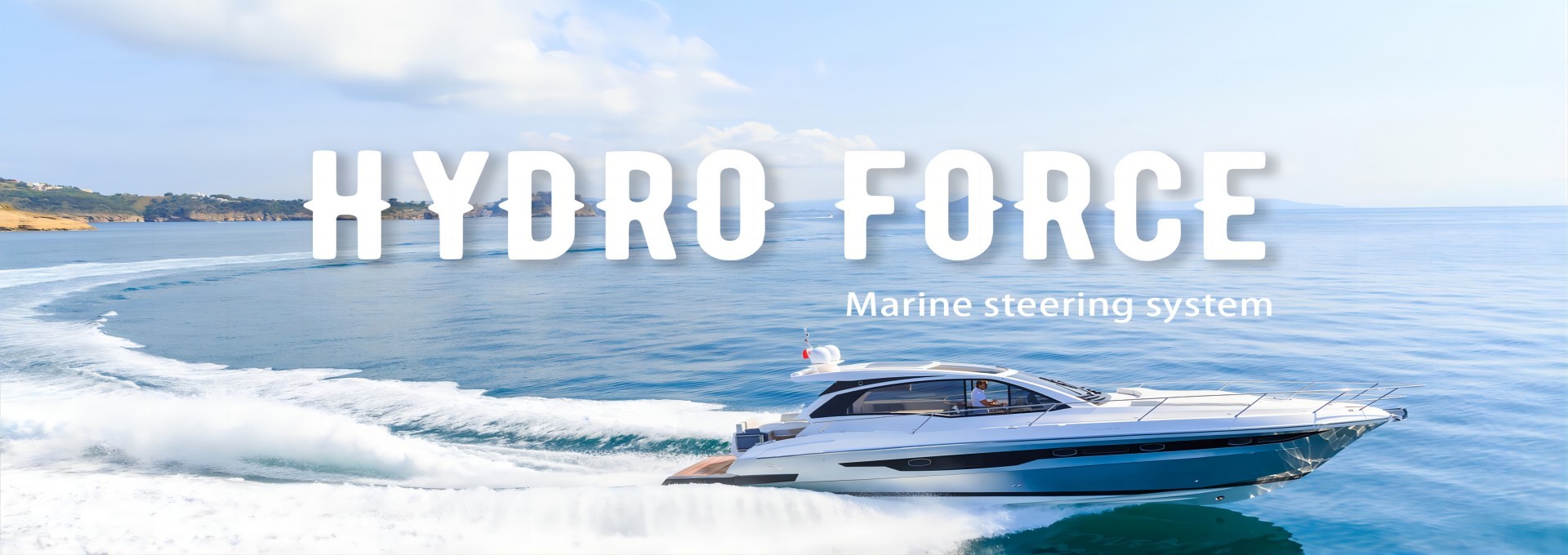Unlocking Precision: The Essential Guide to Marine Boat Steering Systems
2025-10-12
Unlocking Precision: The Essential Guide to Marine Boat Steering Systems
In the world of marine transportation, the efficiency and safety of vessels heavily rely on their steering systems. A well-functioning marine boat steering system not only enhances navigational precision but also ensures the safety of all onboard. In this detailed guide, we will explore the different types of marine steering systems, their components, maintenance practices, and troubleshooting tips. This essential information is crucial for every boat owner and maritime enthusiast looking to optimize their vessel's performance.
Table of Contents
- Understanding Marine Boat Steering Systems
- Types of Marine Steering Systems
- Components of Marine Steering Systems
- Maintenance and Care of Marine Steering Systems
- Troubleshooting Common Issues in Steering Systems
- The Importance of Precision in Marine Steering
- Conclusion
- FAQs
Understanding Marine Boat Steering Systems
Marine boat steering systems are vital for guiding vessels through various water conditions. These systems convert the rotational movement of the steering wheel into lateral movement of the boat, allowing for precise control and maneuverability. Understanding how these systems work and their significance in marine navigation is crucial for any boat owner.
Types of Marine Steering Systems
There are three primary types of steering systems found in marine vessels: mechanical, hydraulic, and electronic. Each type has its unique features, advantages, and disadvantages.
Mechanical Steering Systems
Mechanical steering systems utilize a series of cables and pulleys to transmit the input from the steering wheel to the rudder. This type of system is commonly found in smaller boats due to its simplicity and reliability. Advantages include low maintenance costs and ease of repair. However, they may not provide the precision and feedback that larger vessels require.
Hydraulic Steering Systems
Hydraulic steering systems employ fluid pressure to move the rudder. When the steering wheel is turned, hydraulic fluid is directed to the steering actuator, which then moves the rudder accordingly. This system is favored for larger boats due to its ability to handle the increased forces and provide smoother operation. However, it requires regular maintenance to prevent leaks and ensure optimal performance.
Electronic Steering Systems
Electronic steering systems, or drive-by-wire systems, have gained popularity in modern marine vessels. They use electronic signals to control the rudder, allowing for greater precision and responsiveness. These systems often come equipped with advanced features such as autopilot and joysticks for intuitive control. However, they can be more complex and costly to repair compared to mechanical and hydraulic systems.
Components of Marine Steering Systems
Understanding the components that make up marine steering systems is essential for proper maintenance and troubleshooting. Key components include:
- Steering Wheel: The primary control device for the steering system.
- Steering Column: Connects the steering wheel to the steering mechanism.
- Rudder: The underwater surface that directs the boat's movement based on steering input.
- Steering Cables/Pulleys: In mechanical systems, these transmit the wheel's motion to the rudder.
- Hydraulic Actuator: In hydraulic systems, this component converts fluid pressure into mechanical motion.
- Electronic Control Unit: In electronic systems, this unit processes input from the steering wheel and sends signals to the actuator.
Maintenance and Care of Marine Steering Systems
Regular maintenance is crucial for ensuring the longevity and efficiency of your marine steering system. Here are some essential maintenance practices:
Inspecting Steering Components
Regularly inspect all components, including cables, pulleys, and hydraulic lines. Look for signs of wear, corrosion, or damage that could affect performance.
Checking Fluid Levels
For hydraulic systems, maintaining the correct fluid levels is essential. Low fluid levels can lead to decreased performance and potential system failure.
Lubricating Moving Parts
Lubricate moving parts according to the manufacturer's recommendations to reduce friction and wear.
Testing the System
Regularly test the steering system for responsiveness and precision. Any abnormalities should be addressed immediately.
Troubleshooting Common Issues in Steering Systems
Even with proper maintenance, issues may arise within steering systems. Here are some common problems and solutions:
Stiff Steering
If the steering feels stiff, check for worn or corroded components, low fluid levels, or insufficient lubrication. Address these issues promptly.
Loss of Control
A sudden loss of control can indicate a failure in the steering system. Inspect for leaks in hydraulic systems or frayed cables in mechanical systems. Seek professional assistance if necessary.
Unusual Noises
Unusual noises while steering can signal mechanical issues. Investigate and repair any worn or damaged components.
The Importance of Precision in Marine Steering
Precision in steering is paramount for safe navigation, especially in challenging conditions. A precise steering system allows boaters to maneuver accurately, avoid obstacles, and respond to changing water conditions effectively. Investing in quality steering systems and ensuring their proper maintenance can significantly enhance the overall boating experience.
Conclusion
Marine boat steering systems are essential for ensuring safe and efficient navigation. Understanding the different types of steering systems, their components, and proper maintenance practices is crucial for every boat owner. By prioritizing precision and regular maintenance, you can enhance the performance of your vessel and enjoy a smoother boating experience.
FAQs
1. What are the main types of marine steering systems?
The main types of marine steering systems are mechanical, hydraulic, and electronic steering systems.
2. How often should I maintain my boat's steering system?
Regular maintenance should be performed at least once a year or more frequently if you use your boat often.
3. What are signs that my steering system needs repair?
Signs include stiff steering, loss of control, and unusual noises when steering.
4. Can I repair my steering system myself?
Basic maintenance can be performed by boat owners, but significant repairs should be conducted by professionals to ensure safety.
5. How does precision in steering affect my overall boating experience?
Precision in steering enhances safety, allows for better maneuverability, and improves the overall enjoyment of boating.
Marine Boat Steering System
RELEVANT INFORMATION
How a Hydraulic Jack Plate Enhances Your Boat's Stability for Superior Performance
2025-11-29
Understanding the Importance of an 8" Setback Hydraulic Jack Plate for Marine Applications
2025-11-23
Exploring the Best Uses for a 6" Setback Hydraulic Jack Plate: Elevate Your Boating Experience
2025-11-17





